May-2015
Foam canoes
The sea calls for navigators, it calls for floating with sails puffed by the wind, it asks for the precision of boys skillful in cutting foam as they build their canoes.
Here in Tatajuba we are learning about the nature of liquid play. We are noticing how a good foam canoe captain must know the movements of the air even better than those of the water. The symmetry of the weight of the wind counterbalanced by pebbles or mud placed inside the canoes. Knowledge from the navigational universe.
The boys here make two types of canoes: out of foam or out of timbaúba root. While we wait for the timbaúba root to dry in the sun for a few days, we wanted to learn how make the foam ones.
Finding enough foam so many boys is not a problem since Seu Zé Arteiro buys broken containers, keeps tons of it in his backyard, and uses it to fill the barges that take tourists back and forth to Jericoacocara.
It is a gift for us to be able to watch the boys’ hands as they cut the foam so precisely, removing the excesses and slowly revealing the right shape for a canoe. Their hands also make lots of mistakes, but persistence pulls ahead and the canoe gets made one way or another.
The cutting gestures are even subtler when it comes to making the mast. The sticks for the mast and the tack must have the ideal weight, the right size, “otherwise they’re no good for sailing,” they say. The sail, or cloth as they call it, is a plastic bag carefully sewn along its edge.
An entire morning to bring shape to the foam canoe, and another morning to build the masts and rudders. Only on the third day was everything ready in order to put the canoes in the water and hold regattas.
The regatta is the climax of the game, but not necessarily the main part. To build the toy is pure play, it is to dig into the entrails of the material and hold a dialogue with it through the most diverse paths of the imagination.
Those who don’t know how to build stand by the side, taking advantage of one of the best mechanisms for learning: close and silent observation. No one teaches anyone, but everybody learns by building together.
The children’s regattas follow the formula of those held by the adults; it’s a serious game for serious competitors. In previous years they even had sponsors, asking for R$1.00 from the local businesses. They managed to raise R$5.00, which was the winner’s prize.
The regatta takes place during the day’s best hour for the wind. Each one positions himself in the sea with his canoe and the faith that he will be winner.
At the “go” signal, they simply take their hands off the vessel and let the wind do the rest. You can only touch it if it capsizes or takes a wrong turn, otherwise all you do is run to the finish line to see who the winner is.
Three days of pure anticipation that’s worth as much as it weighs.
Text and photos: Renata Meirelles
. 0



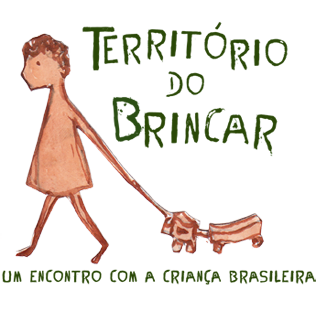
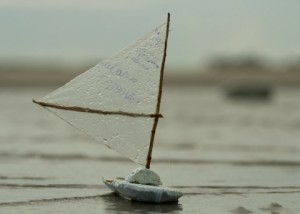
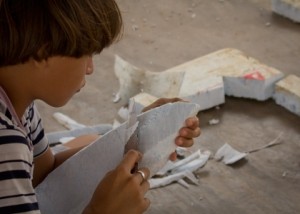
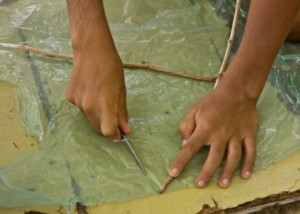
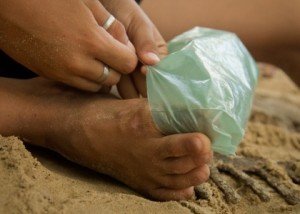
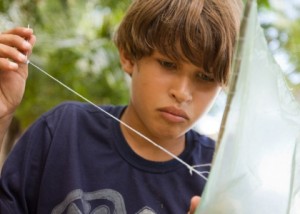
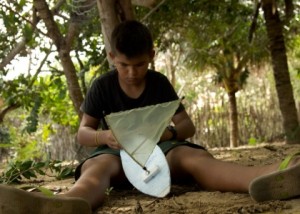
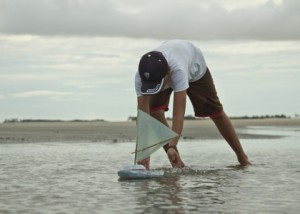
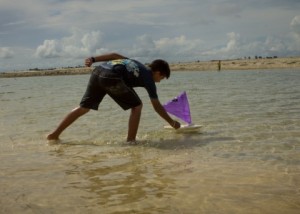
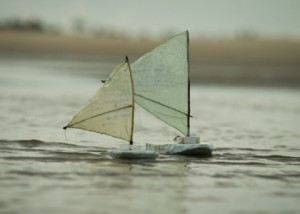
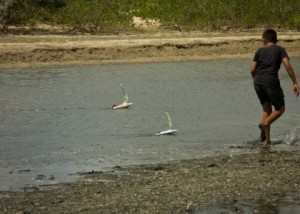
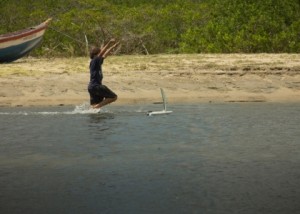
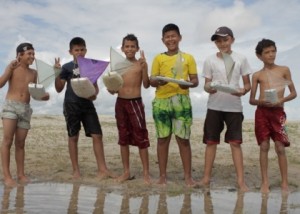


Leave a Reply